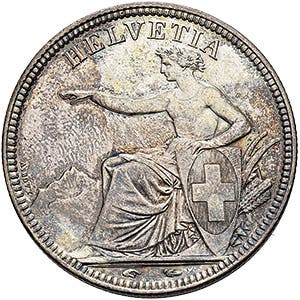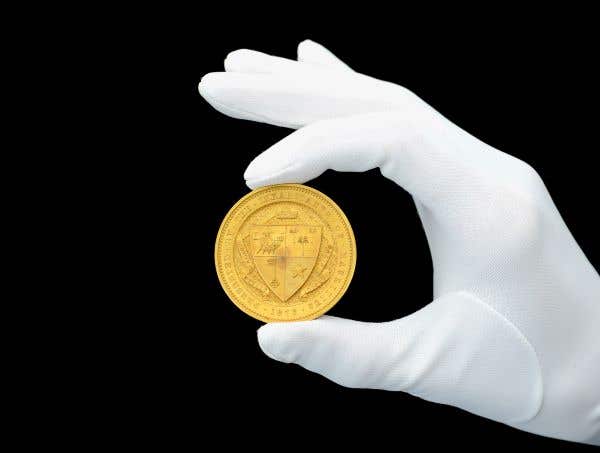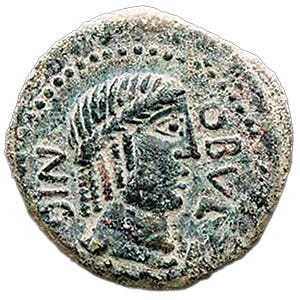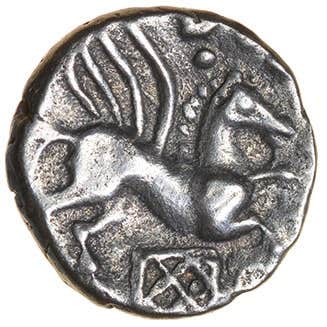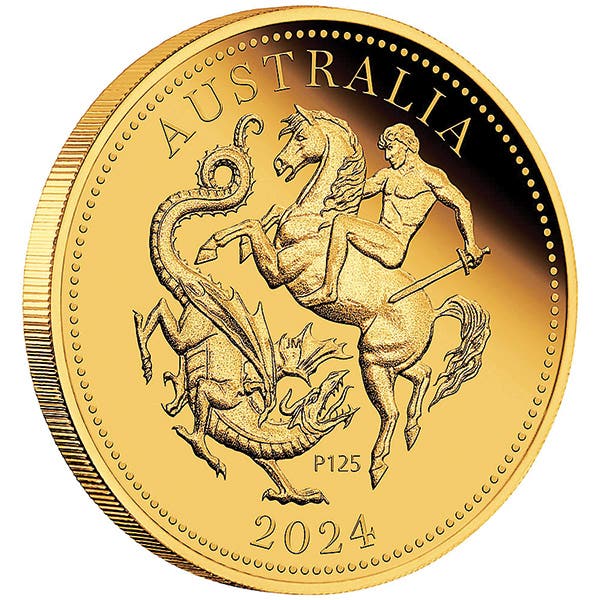Rare 1916 caused no stir when issued
The new 2016 gold Standing Liberty quarter is a reminder that collectors have been finding treasure in the 1916 silver version for many years. For the Standing Liberty series, the…
The new 2016 gold Standing Liberty quarter is a reminder that collectors have been finding treasure in the 1916 silver version for many years.
For the Standing Liberty series, the 1916 is the key date. It also is the first date of issue. The coin has been larger than life for generations of collectors because the mintage was just 52,000.
Probably the reason the 1916 stood out so much in the minds of some was that back in the 1950s the Whitman folder for Standing Liberty quarters did not even have the hole punched out for the 1916. It was possible to punch out the cardboard plug. But it said RARE, clearly indicating that it was going to be a huge problem if you wanted to find one in circulation. There was a hole for the 1916-D Mercury dime in its album. The 1909-S VDB Lincoln cent had a hole in its album. The fact that the 1916 Standing Liberty quarter did not spoke volumes.
The difficulties in finding the rare quarter traced all the way back to how it was treated at the time of issue. A new design and low mintage did not mean as much in 1916 as these factors do today. But collectors now have the benefit of hindsight.
In 1916 only a small number of dealers saved any at all. When Q. David Bowers looked into the matter, he found only a couple of them had working inventories of the coin. It was not a case of not being able to obtain any. It was a case for these dealers of just not wanting them as their customers would not buy them. There were few collectors of current quarters in 1916. Those who did so, could get their own examples easily enough.
We know the 1916 circulated in some numbers. The New York Subway Hoard that was assembled from the 1940s to 1960s had 19 examples of the 1916 Standing Liberty quarter. That figure is a little low when you consider that there were 20 examples of the 1913-S Barber quarter, which had a mintage of 40,000.
Perhaps the miracle is that any were found at all. The date wore off easily for the 1916. The huge circulation finds generation was simply not going to find the coin in their change.
Historically, since the 1950s, demand for the 1916 Standing Liberty is always far higher than the supply. People want it for a variety of reasons. They will take it in virtually any identifiable grade. Since 1998, the VG-8 has gone from $1,850 to $4,400. This is despite the mania for Mint State coins at the very top of the numerical scale.
Naturally, the real price gains come at the top of the scale even for the 1916. In MS-60, the 1916 is $11,000. That is up from the $4,300 figure in 1998, but down from $18,000 a decade ago.
In MS-65, the price has gone from $18,500 in 1998 to $31,000. But with the focus on top grades, some demand has shifted even further up the grading scale for full head pieces, which are $36,500 in MS-65. That is compared to the $24,000 price of MS-65 FH in 1998. But this pales in comparison to the $185,000 for the 1927-S and is behind the $37,500 price for the 1919-D MS-65 FH.
Despite not being the key date in all grades, the 1916 Standing Liberty quarter will always be the key date in the minds of many collectors. That’s why the gold anniversary version is in demand.
This article was originally printed in Numismatic News. >> Subscribe today.
More Collecting Resources
• Keep up to date on prices for Canada, United States and Mexico coinage with the 2016 North American Coins & Prices guide.
• Subscribe to our monthly Coins magazine - a great resource for any collector!




